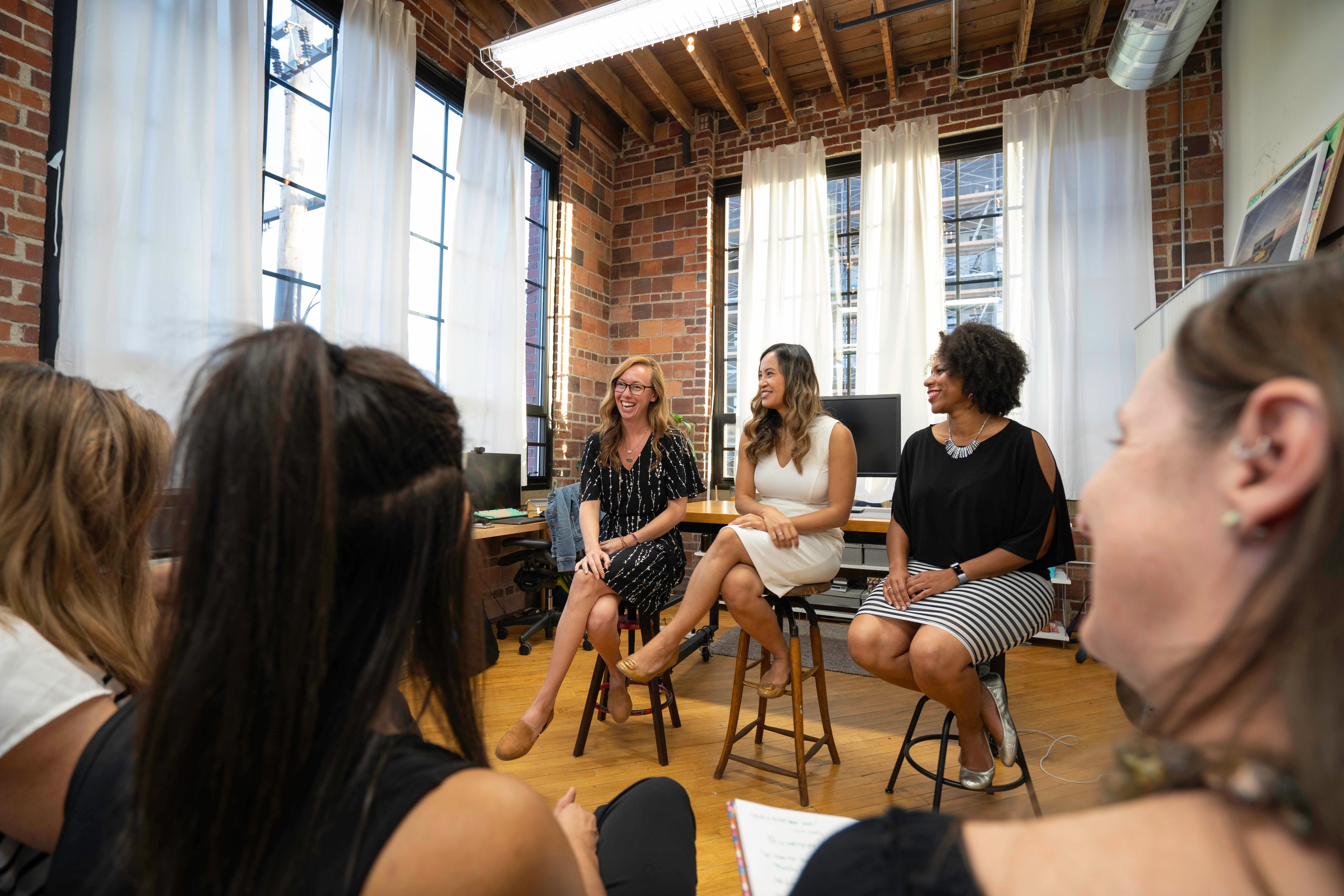On volunteer management: An inside look at Harmony CDC Part Two
Published:
Candy Bradshaw serves as Program Director of Harmony Community Development Corporation, a Dallas-based nonprofit created to stimulate the development of affordable housing, employment opportunities, social and educational services. The mission of Harmony CDC (Community Development Corporation) is to strengthen families and revitalize neighborhoods. They are a community nonprofit, and their initiatives involve equipping families to move towards self-sufficiency.
She oversees a robust volunteer program centered around supporting their Harmony Empowered Living Program designed to help people get jobs that lead to livable wages, a food pantry, a reentry program for teens, and much more! She recently sat down with Hollie Mhlanga, Marketing Manager at RiseKit, to discuss her organization’s volunteer-centered service delivery model and share what she learned with the workforce development community. Part one of this series can be found here.
HM: How have you overcome these challenges, such as building and managing your volunteer program? What are some lessons that, if you could, you would go back and do it again? What would you do differently?
The one thing I would do that we're in the process of implementing now is to have quick monthly check-ins on what's working well and what's not working.
During this period of Covid-19, we had the blessing of having something called Shiftsmart, which paid people who had worked in the restaurant industry to volunteer. After that period of time, we had to build our volunteer base, so we ended up sending an email blast to some of our volunteers that had stopped due to Covid and said, “Hey, if you've got your Covid vaccination or you feel comfortable, we want to know we're still open.”
So we would just have more of a monthly check-in that ensures that we have adequate volunteers and that we stay on track.
HM: So essentially, those monthly check-ins are looking at the data and trying to be proactive and not reactive?
CB: Yes, right.
HM: With the work you all do, if you could solve a problem or challenge that Harmony, in general, is experiencing, how would you do it if someone just walked in with a blank check? What is an issue that you would solve that you all experience heavily?
CB: The first one I would solve is probably staffing. And that is because, as a nonprofit, there are certain things you can rely on volunteers to do, and there are certain things you need to have staff accountable for. For example, we have been a small nonprofit for a long time; we originally had five staff members, and everyone else was a volunteer. Now we're a staff of 14. Because with Covid, while other businesses were declining, the need for our services increased.
The more staff you can get in, train, and equip to help you make decisions, the better quality you can bring to your program, and the more efficient you can be.
HM: For people who are joining nonprofits that have a workforce development program and they're trying to make their service model more volunteer-led, what piece of advice would you give them?
CB: At least have some idea of what you want your volunteers to do. The volunteer's time is just as valuable as yours. And build (your program) as if this is what you would want to know for your job.
Don't assume that your volunteers understand or know what your goals and objectives are. Equip them to be prepared to equip and train other volunteers on the expectations. Explain why you do some of the things that you do so that they get a much broader picture of who you are and why you do what you do. The better you can equip them, the better they can represent you—and the more comfortable they'll feel with telling other people about the volunteer opportunities you might have. You want to do whatever you can to help them be another mouthpiece for your organization.
HM: How do you measure your program's effectiveness? How do you know it’s effective? And if it is not, how do you achieve those goals?
CB: Each of our programs has measurements that we take a look at. For our food pantry, we measure by pounds of food the quality of food that we can provide and track how often a person comes to get assistance. We also track if we direct them to another service that we offer or refer them out for other resources that they need.
For our Harmony Empowered Living Program, we track participation, attendance, and class sessions. We also track, once they complete it, whether they can get a job. And then do they stay on for three months or six months? So our coaches kind of have a one-year relationship with these people to follow through. We also track income and job history. In addition, track the effectiveness of our training. So we have different measurements based on what the program is.
HM: My last question for you is about your current volunteer cohort. Where do you feel they are struggling, as you're going back and having these conversations about what they do in their role as volunteers? What can you all do better to support them? Where are they struggling the most right now?
CB: I think it's just a lack of enough volunteers right now. Also, burnout is a major concern with volunteers. And our biggest Covid-related challenges include having a reduction in volunteers and having to build back up due to an overall lack of people.
Editor’s note: This interview was edited for brevity and clarity.




